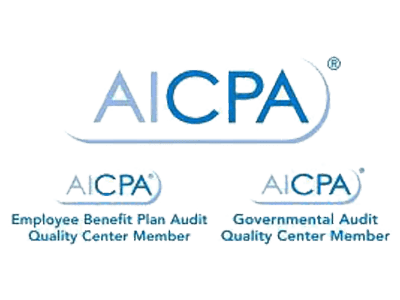As the filing season for 2018 tax returns reaches a peak, many people will learn that they’re no longer itemizing deductions. The Tax Cuts and Jobs Act of 2017 placed limits on some deductions and increased the standard deduction significantly, so most taxpayers are taking the standard deduction, rather than itemizing.
One result is that charitable contributions offer no direct tax benefit for many donors. An indirect benefit may be available for people who are 70½ or older. They can take qualified charitable distributions (QCDs) from their IRAs and effectively reduce their income in a maneuver solidly supported by the tax code.
(Taxpayers under age 70½ will report taxable income if they send IRA dollars to charity, so this tactic won’t work. That said, people under the QCD age should inform their parents and other valued seniors about this give-and-take option.)

ABCs of QCDs
IRA owners can send QCDs to recognized charities, up to $100,000 per person per year. They receive no deduction for the contribution, but they also do not have to include the distribution in income. Moreover, a QCD counts toward required minimum distributions (RMDs), which IRA owners must take after age 70½.
Example: Ken and Linda Martin are both age 75 with IRAs. Ken has a $20,000 RMD in 2019; Linda’s RMD is $12,000. If they take only RMDs, the Martins will increase their taxable income by $32,000 this year.
Each year, the Martins donate $10,000 to their favorite charities. Even with a $10,000 charitable contribution, it will not pay for this couple to itemize deductions in this hypothetical example.
Therefore, Linda sends $10,000 to selected charities from her IRA via QCDs. Now Linda needs to take only another $2,000 from her IRA to satisfy her $12,000 RMD for the year; Ken will take his $20,000 RMD. In this scenario, the Martins report $22,000 in taxable IRA distributions this year, rather than $32,000. Effectively, they have deducted $10,000 from their income by using QCDs.
Realistic Expectations
Using QCDs may not be a straightforward exercise. IRA custodians differ in the way they handle the procedure.
Taxpayers may have to call their IRA custodian and speak to a designated person who is familiar with QCDs. Charitable recipients can be named, along with their mailing addresses. Securities might have to be sold, if the QCD is to be made in cash, and a form might have to be signed by the IRA owner for each charity, permitting the QCD.
Other financial firms might send out a distribution booklet to be returned, along with a signature guarantee for each QCD. Yet another possible method is to handle the QCD transaction online. The process can be time-consuming and possibly confusing, so it’s best not to wait until the waning days of December to get started.
Keep in mind that a distribution will only be a QCD if the entire distribution meets the requirements for a charitable contribution deduction, such as a charity’s eligibility under Section 501(c)(3) of the tax code and substantiation requirements. QCDs can’t be sent to donor-advised funds.
Trusted Advice: IRAs eligible for QCDs
- Qualified charitable distributions can come from most types of IRAs, including rollover IRAs and inherited IRAs, other than “ongoing” simplified employee pension (SEP) IRAs or savings incentive match for employees (SIMPLE) IRAs.
- For this purpose, a SEP IRA or a SIMPLE IRA is treated as ongoing if it is maintained under an employer arrangement under which an employer contribution is made for the plan year ending with or within the IRA owner’s taxable year in which the charitable contributions would be made.
- Following the IRS’ position, some IRA custodians will permit a QCD from a SEP or SIMPLE IRA for a given year if no contribution has been made to the plan that year.







